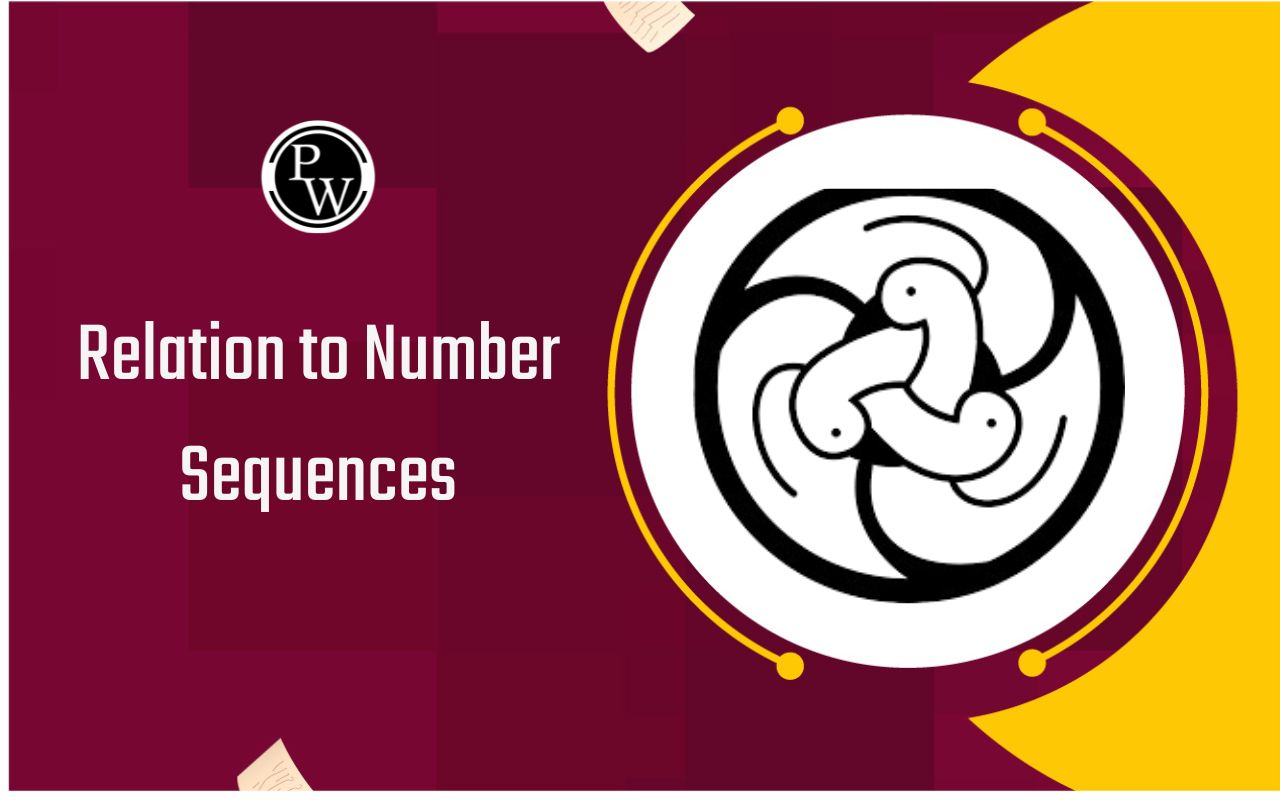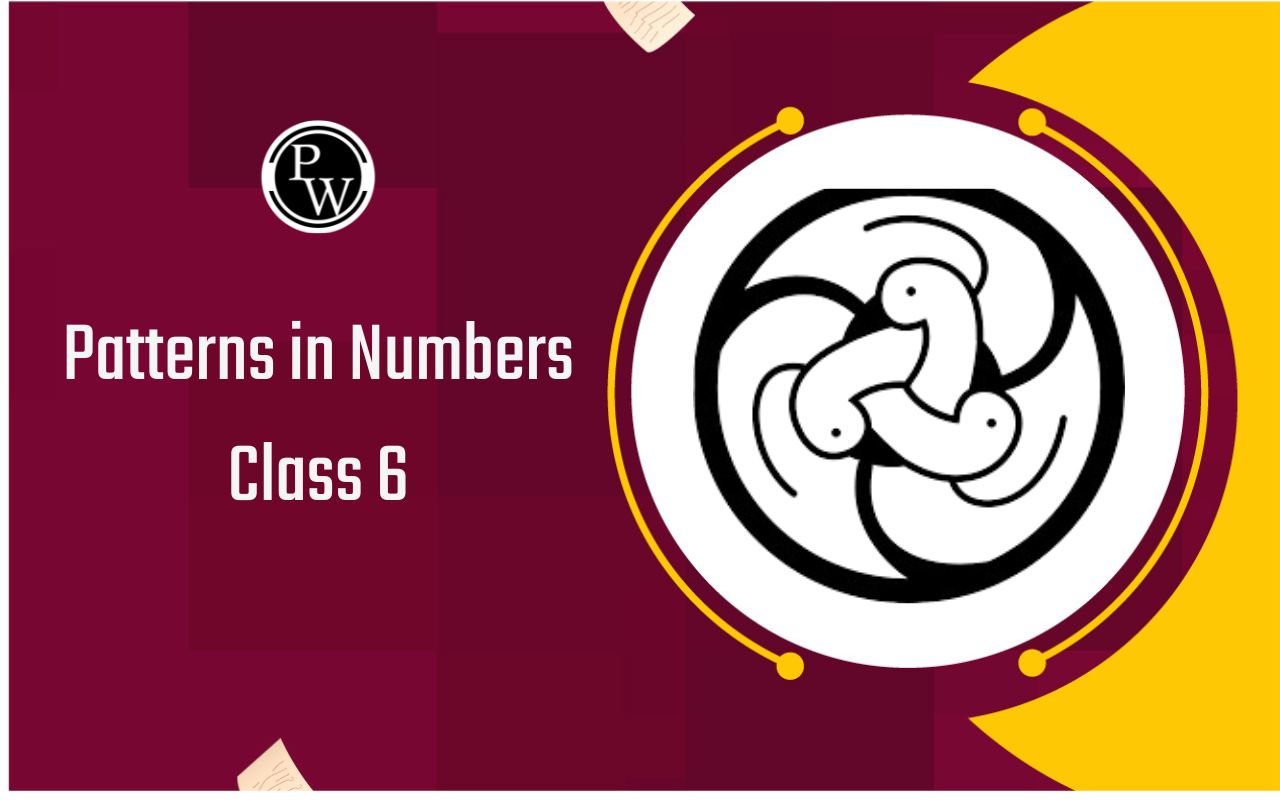
NCERT Solutions for Class 6 Social Science History Chapter 5
NCERT Solutions for Class 6 Social Science History Chapter 5 : The study of history is crucial to understand how the present emerged from the past. As students of class 6, examining the rise and fall of ancient Indian kingdoms and how they shaped the early foundations of democratic ideals in the country will provide meaningful context to your social studies lessons. This blog post discusses chapter 5 - "Kingdoms, Kings and an Early Republic" from the NCERT Social Science textbook and provides detailed solutions to all questions given at the end. Currents of thought like Buddhism and Jainism spread ethical philosophies that challenged traditional Vedic ideas. And amidst these changes, some kingdoms transitioned toward more participatory forms of governance by incorporating views from newly empowered sections of society.NCERT Solutions for Class 6 Social Science History
NCERT Solutions for Class 6 Social Science History Chapter 5 Overview
The chapter is titled "Kingdoms, Kings, and an Early Republic" in Class 6 Social Science History. It describes the ancient methods of choosing rulers, exploring historical practices such as Ashvamedha. It emphasizes the significance of books and burials in understanding early governance. Physics Wallah's NCERT Solutions and revision notes are available for comprehensive understanding. Around 3000 years ago, the chapter discusses how some men ascended to rulership.
NCERT Solutions for Class 6 Social Science History Chapter 2
NCERT Solutions for Class 6 Social Science History Chapter 5 Kingdoms, Kings and an Early Republic
The NCERT Class 6 Social Science History Chapter 5, "Kingdoms, Kings and an Early Republic," covers several crucial topics that form the basis of understanding ancient Indian history. Here are some important topics from this chapter:1) Mahajanapadas and Republics:
- Learn about the emergence and characteristics of Mahajanapadas (major states) and early republics in ancient India.
- Understand the political structure and governance in these early republics.
2) Magadha and the Mauryas:
- Explore the rise of Magadha as a powerful kingdom.
- Learn about the Mauryan dynasty, its founder Chandragupta Maurya, and his famous minister Chanakya.
3) Ashoka the Great:
- Study the life and reign of Emperor Ashoka, one of the most influential rulers in Indian history.
- Understand Ashoka's conversion to Buddhism and his efforts to spread the teachings of Buddha.
4) Mauryan Administration:
- Gain insights into the administrative policies and strategies implemented during the Mauryan rule.
5) Life in Towns and Villages:
- Explore the socio-economic aspects of life in ancient towns and villages.
- Understand the roles of different sections of society, including artisans, farmers, and traders.
6) Jatakas and Stories of Gautama Buddha:
- Learn about Jatakas, the birth stories of Buddha, and understand the moral lessons embedded in these tales.
7) Pillars and Rock Edicts:
- Explore the significance of Ashoka's rock and pillar edicts in disseminating his principles and moral code.
8) Trade and Economic Activities:
- Understand the economic activities, trade routes, and commercial interactions during ancient times.
9) Social and Cultural Life:
- Gain insights into the social and cultural aspects of life during the Mauryan period.
10) Decline of the Mauryas:
- Learn about the factors leading to the decline of the Mauryan Empire.
NCERT Solutions for Class 6 Social Science History Chapter 1
NCERT Solutions for Class 6 Social Science History Chapter 5 Important Questions
Here are some important questions and answers for NCERT Class 6 Social Science History Chapter 5, "Kingdoms, Kings and an Early Republic": 1. Question: Who was Chandragupta Maurya? Answer: Chandragupta Maurya was the founder of the Mauryan dynasty and the first emperor to unify most of the Indian subcontinent. He ruled from 322 BCE to 298 BCE. 2. Question: What were Mahajanapadas? Answer: Mahajanapadas were large states or kingdoms in ancient India. These were significant political entities during the 6th to 4th centuries BCE. 3. Question: Who was Chanakya? Answer: Chanakya, also known as Kautilya or Vishnugupta, was a scholar, teacher, economist, and political strategist. He was the chief advisor to Chandragupta Maurya and played a crucial role in the establishment of the Mauryan Empire. 4. Question: What were the Jatakas? Answer: Jatakas are birth stories of Buddha, narrated to convey moral lessons and teachings. These stories are an essential part of Buddhist literature. 5. Question: Describe Ashoka's conversion to Buddhism. Answer: Ashoka embraced Buddhism after witnessing the devastation caused by the Kalinga War. Stricken with remorse, he adopted Buddhist principles of non-violence, compassion, and moral conduct.NCERT Solutions for Class 6 Social Science History Chapter 3
6. Question: What were the rock and pillar edicts of Ashoka? Answer: Ashoka's rock and pillar edicts were inscriptions engraved on rocks and pillars throughout his empire. They contained his teachings on dharma (righteousness), moral principles, and instructions for the welfare of his subjects. 7. Question: Explain the decline of the Mauryan Empire. Answer: The decline of the Mauryan Empire can be attributed to factors such as weak successors, economic difficulties, external invasions, and the rise of regional powers. 8. Question: Discuss the socio-economic life in ancient towns and villages. Answer: In ancient towns and villages, people engaged in various occupations such as agriculture, trade, and craftsmanship. Society was organized hierarchically, with distinct roles for different sections of the population.NCERT Solutions for Class 6 Social Science History Chapter 9
9. Question: What were the economic activities during the Mauryan period? Answer: Economic activities during the Mauryan period included agriculture, trade, and craft production. Trade routes connected different regions, facilitating commercial interactions. 10. Question: How did the Mauryas contribute to Indian culture? Answer: The Mauryas, particularly Ashoka, played a role in spreading Buddhism, which had a profound impact on Indian culture. The rock and pillar edicts promoted moral values and ethical conduct. 11. Question: Who were the Janapadas? Answer: Janapadas were ancient Indian republics or territorial states during the 6th to 4th centuries BCE. They were significant political units that emerged during this period. 12. Question: Explain the system of administration in the Mauryan Empire. Answer: The Mauryan Empire had a well-organized administrative system. The empire was divided into provinces, and each province was further subdivided into districts. Officers were appointed to collect taxes, maintain law and order, and oversee various aspects of governance. 13. Question: What were the characteristics of ancient Indian cities? Answer: Ancient Indian cities had features like well-planned streets, drainage systems, markets, and residential areas. Major cities served as centers of trade, administration, and cultural activities. 14. Question: Discuss the significance of the Mauryan Empire in Indian history. Answer: The Mauryan Empire holds great significance in Indian history as it marked the first time a large part of the Indian subcontinent was unified under a single rule. The empire contributed to the spread of Indian culture and the establishment of political and administrative traditions.NCERT Solutions for Class 6 Social Science History Chapter 8
15. Question: How did trade and commerce flourish during the Mauryan period? Answer: Trade and commerce flourished during the Mauryan period due to the establishment of trade routes, increased agricultural production, and organized administration. The empire's economic policies promoted trade and contributed to economic growth. 16. Question: What role did women play in ancient Indian society? Answer: In ancient Indian society, women had specific roles in households and communities. They were responsible for managing households, raising children, and participating in religious and cultural activities. However, their status varied, and some women held influential positions. 17. Question: Explain the significance of the Mauryan inscriptions. Answer: The Mauryan inscriptions, particularly the rock and pillar edicts of Ashoka, are significant as they provide insights into the moral and ethical principles promoted by the Mauryan rulers. They also reveal aspects of governance and social concerns of the time. These questions cover important aspects of Chapter 5 and can aid in a comprehensive understanding of the content.NCERT Solutions for Class 6 Social Science History Chapter 4
NCERT Solutions for Class 6 Social Science History Chapter 5 Exercises
NCERT Solutions for Class 6 Social Science History Chapter 5 - "Kingdoms, Kings and an Early Republic" provide insightful information about the political and social structure of ancient India. Here is an elaboration on the solutions: 1. True or False: (a) Rajas who led the ashvamedha horse pass through their lands were invited to the sacrifice. True: The Rajas allowing the ashvamedha horse to pass through their lands indicated their acceptance of the performing Raja's supremacy, and they were invited to the sacrifice. (b) The charioteer sprinkled sacred water on the king. False: It was the priests who performed rituals, including sprinkling sacred water on the king. The charioteer was the Raja's companion on the battlefield. (c) Archaeologists have found palaces in the settlements of the janapadas. False: Archaeologists have discovered huts in the settlements of janapadas, not palaces. (d) Pots to store grain were made out of Painted Grey Ware. False: Plates and bowls were more commonly made out of Painted Grey Ware, not pots for storing grain. (e) Many cities in mahajanapadas were fortified. True: Most mahajanapadas had fortified capital cities.NCERT Solutions for Class 6 Social Science History Chapter 10
2. Fill in the blank:- Farmers: Gave one-sixth of the produce to the state.
- Craftspersons: Contributed to labour.
- Herders: Contributed in the form of animal produce.
- Traders: Stimulated commercial activity by buying and selling goods.
- Hunter-gatherers: Provided forest produce as tribute.
- Women
- Dasas (slaves)
- Kammakaras (landless labourers)
NCERT Solutions for Class 6 Social Science History Chapter 7
5. Present-day elections vs rulers' selection in janapadas: In janapadas, rulers were chosen based on their performance of rituals like the Ashvamedha sacrifice. Present-day elections are based on a democratic system where citizens have the right to vote, and candidates with the majority of votes become leaders. 6. Janapadas in your state: Answer this based on the geographical location of your state and refer to the map in the textbook. 7. Groups in answer 2 paying taxes today: Traders from the groups mentioned in answer 2 are likely to pay taxes today. 8. Voting rights for groups in answer 3: Today, voting rights are not determined by gender or profession. Women, 'kammakaras,' and 'dasas' were excluded from assemblies in ancient times. 9. Find out whether the groups mentioned in answer 3 have voting rights. In the present context, voting rights are not determined by gender or profession. Women, 'kammakaras,' and 'dasas' were excluded from assemblies in ancient times, but contemporary democracies advocate for equal voting rights for all citizens, regardless of gender or occupation. All citizens above a certain age are entitled to cast their votes in elections. These comprehensive answers provide a better understanding of the historical context covered in Chapter 5.NCERT Solutions for Class 6 Social Science History Chapter 6
NCERT Solutions for Class 6 Social Science History Chapter 5 PDF
It is important to note that merely reading about these concepts might not suffice when it comes to scoring well in exams. That's where additional study material like Physics Wallah notes and solutions come in handy. These resources are specifically designed to supplement your learning and improve your understanding of complex topics like history. They provide a comprehensive analysis of each chapter and offer a systematic approach to studying.NCERT Solutions for Class 6 Social Science History Chapter 5 PDF
So why not give Physics Wallah notes and solutions a try? With their clear explanations, practice questions, and helpful tips, you can strengthen your grasp on the subject and achieve better results in your exams. Remember, knowledge is power and by utilizing all available resources like NCERT Solutions for Class 6 Social Science History Chapter 5 PDF as well as Physics Wallah notes and solutions, you can propel yourself towards academic success.Kingdoms, Kings, and an Early Republic Summary
Chapter 5 of Class 6 Social Science History, titled "Kingdoms, Kings, and an Early Republic," delves into the political landscape of ancient India, focusing on the emergence of kingdoms, the role of kings, and the functioning of early republics. The chapter provides insights into the political and economic structures of the time.- Ashvamedha Sacrifice: The chapter begins by introducing the practice of the Ashvamedha sacrifice, where rajas performed this ritual to establish their supremacy. The passage of the Ashvamedha horse through a territory indicated acceptance of the authority of the performing raja.
- Rajas and Forts: The role of rajas in the formation of mahajanapadas (great kingdoms) is explored. Rajas built forts to defend their capital cities from external threats and to showcase their power and wealth.
- Mahajanapadas: The concept of mahajanapadas is explained, highlighting their capital cities and the fortified structures within them. The significance of mahajanapadas in shaping the political landscape of ancient India is emphasized.
- Political Organization: The chapter delves into the political organization of mahajanapadas, where assemblies called 'ganas' played a crucial role. However, certain groups like women, dasas (slaves), and kammakaras (landless laborers) were excluded from these assemblies.
- Economic Contributions: The economic contributions of different groups, including farmers, traders, craftspersons, herders, and hunter-gatherers, are outlined. Farmers contributed a portion of their produce to the state, and traders stimulated commercial activities.
- Evolution to Modern Elections: A comparative analysis between the ancient method of choosing rulers through rituals like Ashvamedha and the contemporary democratic process of elections is presented. The evolution from ritualistic selection to participatory democracy is highlighted.
- Taxation and Voting Rights: The chapter prompts students to explore whether the groups mentioned in ancient contexts, such as traders and specific labor categories, still pay taxes or have voting rights in modern societies.
NCERT Solutions for Class 6 Social Science History Chapter 11
NCERT Solutions for Class 6 Social Science History Chapter 5 FAQs
What is the significance of the Ashvamedha sacrifice mentioned in Chapter 5?
How did forts contribute to the political landscape in ancient India?
Can you explain the role of 'ganas' in the political organization of mahajanapadas?
How did different groups contribute to the economy in ancient India, as mentioned in the chapter?
What is the connection between the ancient method of choosing rulers through rituals and the modern democratic process mentioned in the chapter?








